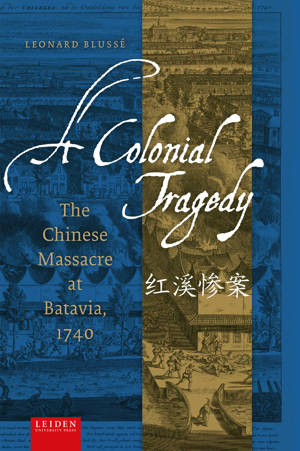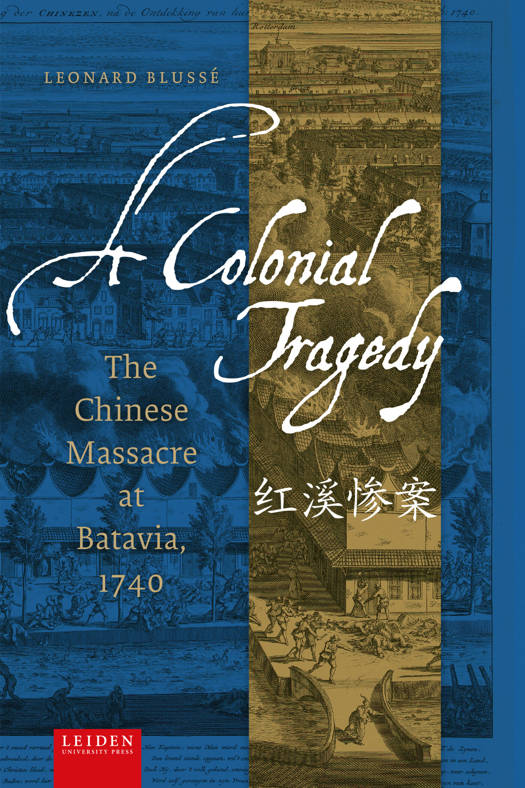
- Afhalen na 1 uur in een winkel met voorraad
- Gratis thuislevering in België vanaf € 30
- Ruim aanbod met 7 miljoen producten
- Afhalen na 1 uur in een winkel met voorraad
- Gratis thuislevering in België vanaf € 30
- Ruim aanbod met 7 miljoen producten
Zoeken
€ 43,95
+ 87 punten
Omschrijving
In October 1740, a tragedy unfolded in Batavia, the Asian headquarters of the Dutch East India Company on the island of Java. Faced with a spontaneous Chinese peasant uprising, Batavia’s vengeful inhabitants carried out a bloody massacre of their fellow Chinese within the city walls. The murderers marched from house to house, looting and pillaging, not even sparing the hospitals and prisons.
How could such a slaughter take place in the prosperous Queen of the East? Drawing on a wealth of Dutch and Chinese sources, Leonard Blussé reconstructs the colonial development of Batavia and its environs, and the crucial Chinese contribution to it. After more than a hundred years of successful cooperation, this spectacular colonial project was lost to a toxic mix of ecological decline, epidemics, runaway Chinese immigration and high-level personal conflicts within the colonial administration, with the Chinese paying the ultimate price.
Never before has so much attention to detail revealed what preceded the massacre and how this tragedy was eventually swept under the carpet of colonial history.
How could such a slaughter take place in the prosperous Queen of the East? Drawing on a wealth of Dutch and Chinese sources, Leonard Blussé reconstructs the colonial development of Batavia and its environs, and the crucial Chinese contribution to it. After more than a hundred years of successful cooperation, this spectacular colonial project was lost to a toxic mix of ecological decline, epidemics, runaway Chinese immigration and high-level personal conflicts within the colonial administration, with the Chinese paying the ultimate price.
Never before has so much attention to detail revealed what preceded the massacre and how this tragedy was eventually swept under the carpet of colonial history.
Specificaties
Betrokkenen
- Auteur(s):
- Uitgeverij:
Inhoud
- Aantal bladzijden:
- 350
- Taal:
- Engels
Eigenschappen
- Productcode (EAN):
- 9789087284701
- Verschijningsdatum:
- 23/04/2025
- Uitvoering:
- Paperback

Alleen bij Standaard Boekhandel
+ 87 punten op je klantenkaart van Standaard Boekhandel
Beoordelingen
We publiceren alleen reviews die voldoen aan de voorwaarden voor reviews. Bekijk onze voorwaarden voor reviews.








